Canada’s indigenous communities are seeking deals with China that could give Beijing access to the country’s natural resources, despite warnings from Canadian security services over doing business with Xi Jinping’s government.
This week the Canada China Business Council indigenous trade mission is in Beijing to discuss potential energy and other business deals in a trip that could put Canada’s national “reconciliation” with its First Nation communities at odds with its national security priorities.
Karen Ogen, the trade mission’s co-chair and chief executive of the First Nations Liquefied Natural Gas Alliance, said her goal on the trip, which starts on Wednesday, was to sell LNG for the benefit of the Wet’suwet’en communities in Canada’s western province of British Columbia.
“We’ve been oppressed and repressed by our own government,” she said. “I know the history with China is not good but we have an understanding of what we need and what they need.”
Prime Minister Justin Trudeau came to power in 2015 pledging to promote “economic reconciliation” with indigenous, or first nation, communities, which for decades saw their ancestral lands and resources exploited by European settlers and their culture belittled and attacked.
He committed to spend billions on business, economic and social programmes in an effort to reduce inequalities between indigenous and non-indigenous Canadians. The government also signed a number of land-sharing treaties with first nations communities giving them rights over the natural resources in their territories — subject to federal foreign investment rules.
Despite the pledges, many first nations communities remain socially and economically deprived. Earlier this year, a UN special rapporteur said Canada’s failure to provide First Nations reserves with clean drinking water and sanitation constituted a human rights violation.
China has spotted an opportunity in the sometimes fraught relations between Canada’s national and provincial governments and indigenous groups.
In 2021, shortly after Canada imposed sanctions on Beijing over the treatment of its Uyghur population, Chinese officials began to object to the “systemic violations of Indigenous people’s rights by the US, Canada and Australia” at the UN’s Human Rights Council.

“The PRC tries to undermine trust between Indigenous communities and Canada’s government by advancing a narrative that the PRC understands and empathises with the struggles of Indigenous communities stemming from colonialism and racism,” said a spokesperson for Canada’s security intelligence service.
A 2023 CSIS report accused China’s government of employing “grey zone, deceptive and clandestine means” to influence Canadian policymaking, including Indigenous communities.
“China knows how sensitive Indigenous reconciliation is to the Trudeau government,” said Phil Gurski, a former CSIS intelligence analyst.
Relations between Canada and China have deteriorated significantly in recent years. An official inquiry reported in May that China had directly meddled in Canada’s 2019 and 2021 elections and was “the most active foreign state actor engaged in interference” in the country. Ottawa’s 2022 Indo-Pacific strategy also described China as “increasingly disruptive”.
As a result, Canada’s policy towards Beijing is becoming more in line with that of the US, with Ottawa imposing tariffs on Chinese goods and forcing Chinese-owned social media company TikTok to close its Canadian office.
This realignment is expected to become even more important with the election of Donald Trump south of the border. “Canada would be expected to enforce harsher trade governance with China,” said Marc Ercolao, an economist with TD Bank.
But CSIS remains concerned over Beijing’s possible access to resource-rich areas or geopolitically important waterways and regions such as the Arctic through First Nations groups.
“It not only undermines the government but is a way to potentially embarrass them on Canada’s past,” said Gurski.
But Matt Vickers, from Sechelt Nations land in Canada’s western province of British Columbia, who first visited China in the 1990s and is part of the CCBC delegation heading to Beijing this week, rejected the concerns of the security services.
“China now understands that for any major project to receive approval in Canada, you need First Nation consent, and not only consent but the First Nations require a majority equity play in those projects,” he said.
The CCBC is a bipartisan organisation consisting of Canada’s biggest companies, including Power Corp, which is the main sponsor of the Indigenous event.
This week’s trip marks the third time a group of Indigenous officials has travelled with the council to China in an effort to identify export markets, sources of capital and potential tourism projects.
“These missions have been developed in the spirit of reconciliation and collaboration, to help delegates better understand how China’s economy and economic development influences its desire for imports and investment opportunities,” said Sarah Kutulakos, executive director of the CCBC.
The Chinese embassy in Ottawa declined to comment on CSIS’s security concerns over deals with First Nations communities but said: “We are pleased to see Canadians from all walks of life, including Indigenous Canadians, proactively engage in pragmatic co-operation with China.”
Deteriorating relations between Ottawa and Beijing meant this year’s CCBC meeting would likely be “sombre”, said former Canadian ambassador to China Guy Saint-Jacques.
First Nations leaders should have “very limited expectations” from the trip. “I don’t expect big business coming out of it,” he said.
But Ogen, of the First Nations LNG Alliance, said she would put the controversy surrounding the trip to Beijing aside. “I . . . look at the global energy sector, China’s need for our gas, and how I can make the best deal for my people,” she said.


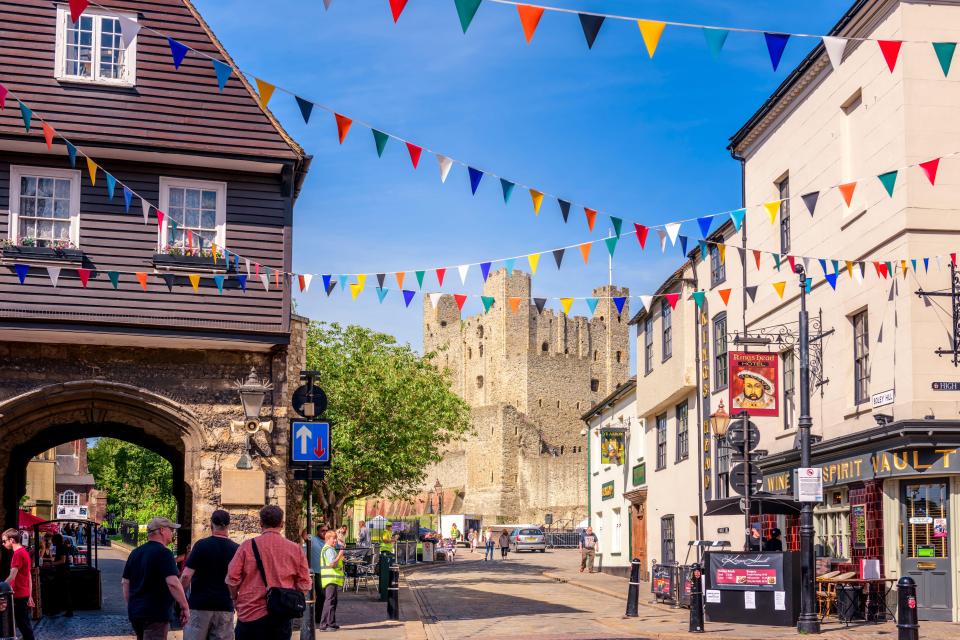
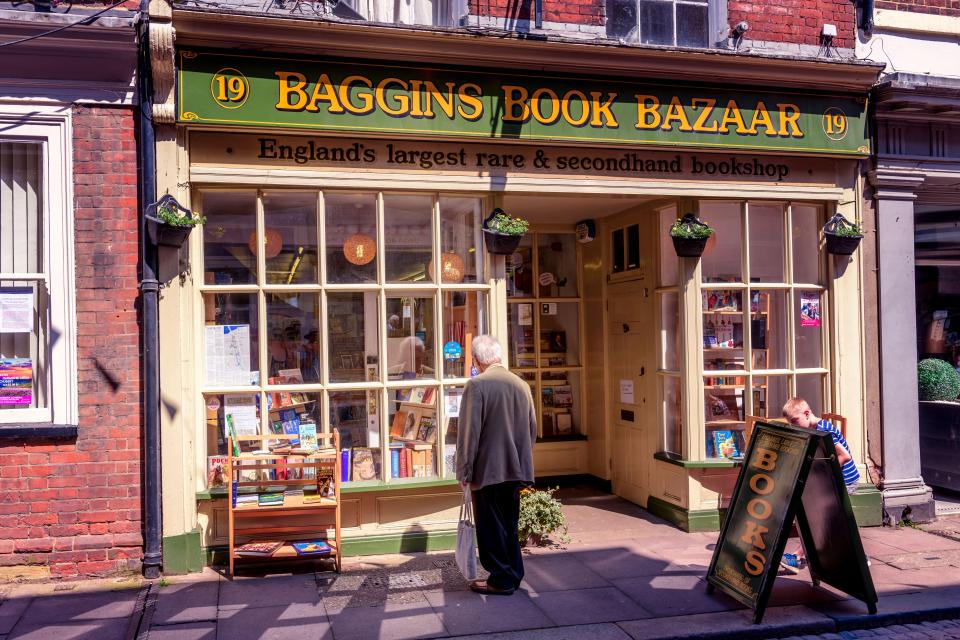

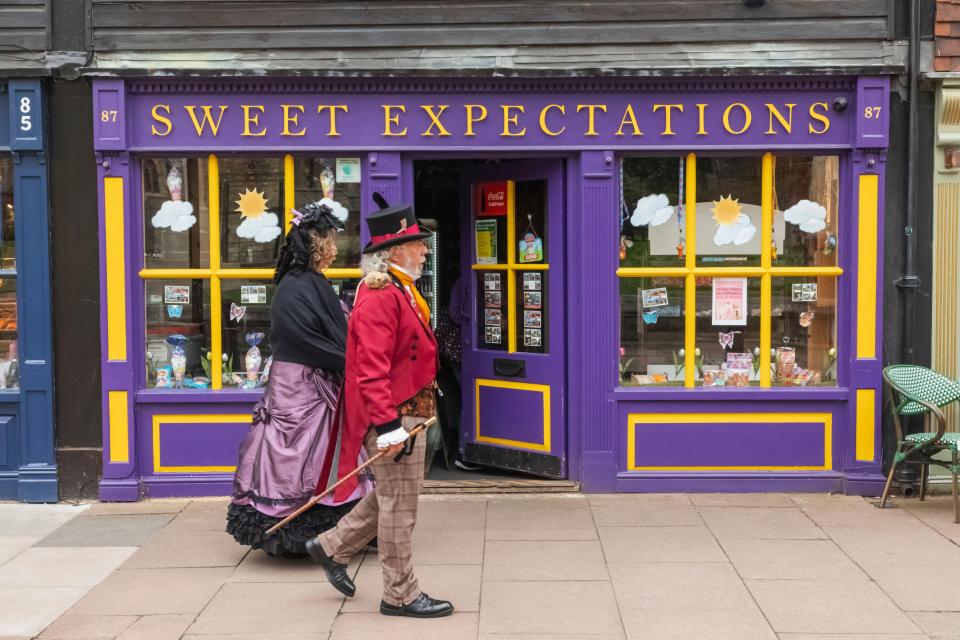
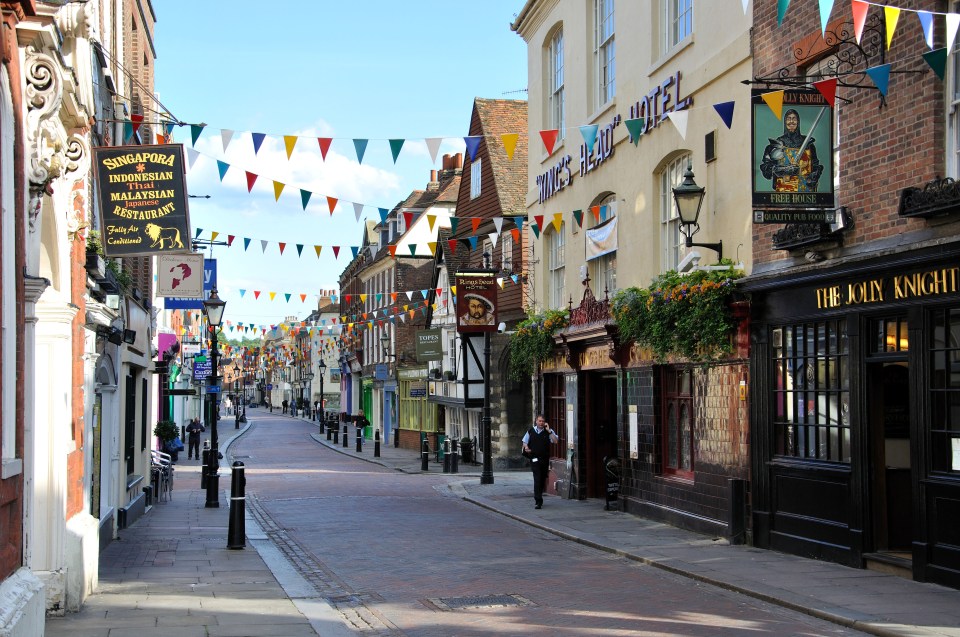

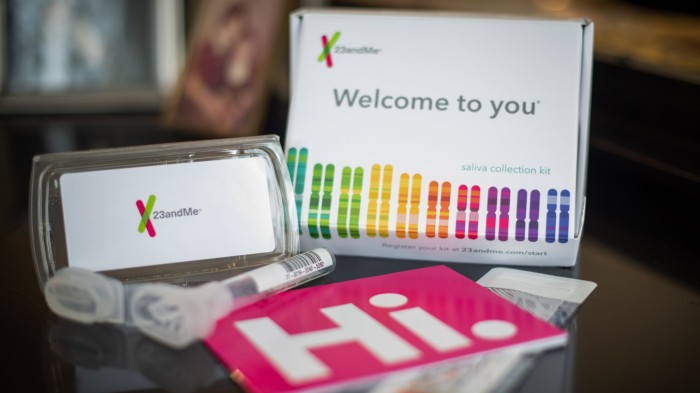
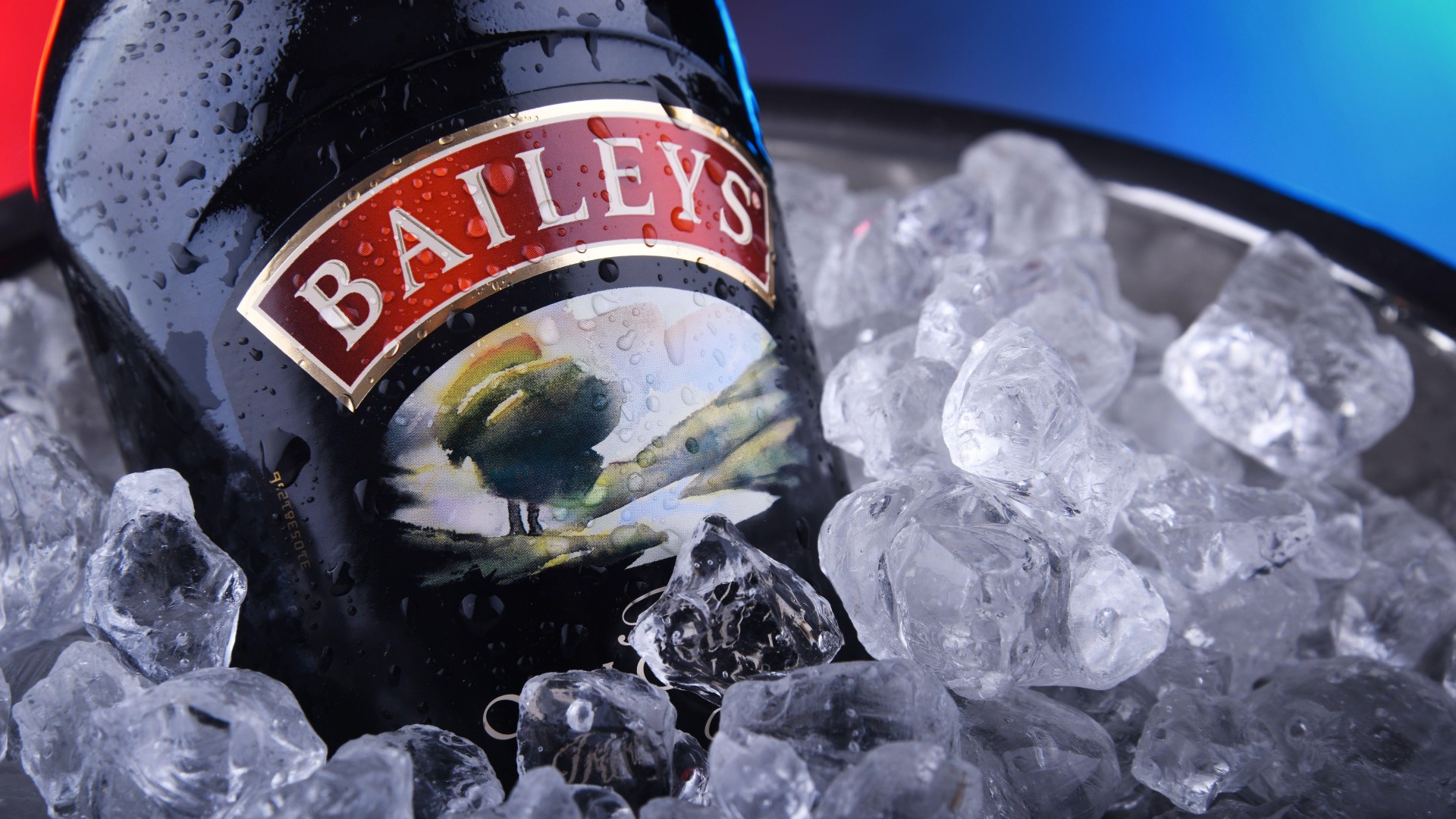

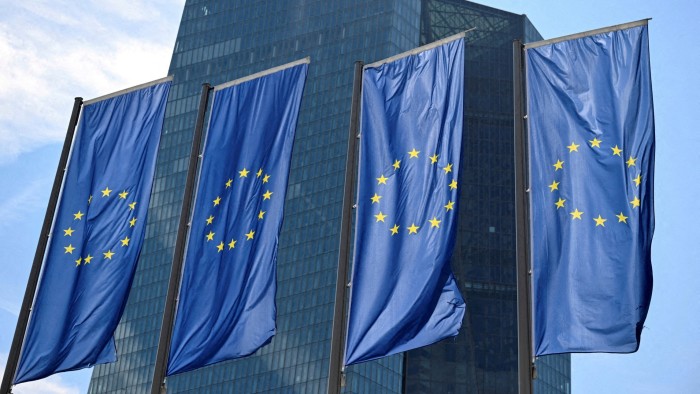

































































































































































You must be logged in to post a comment Login